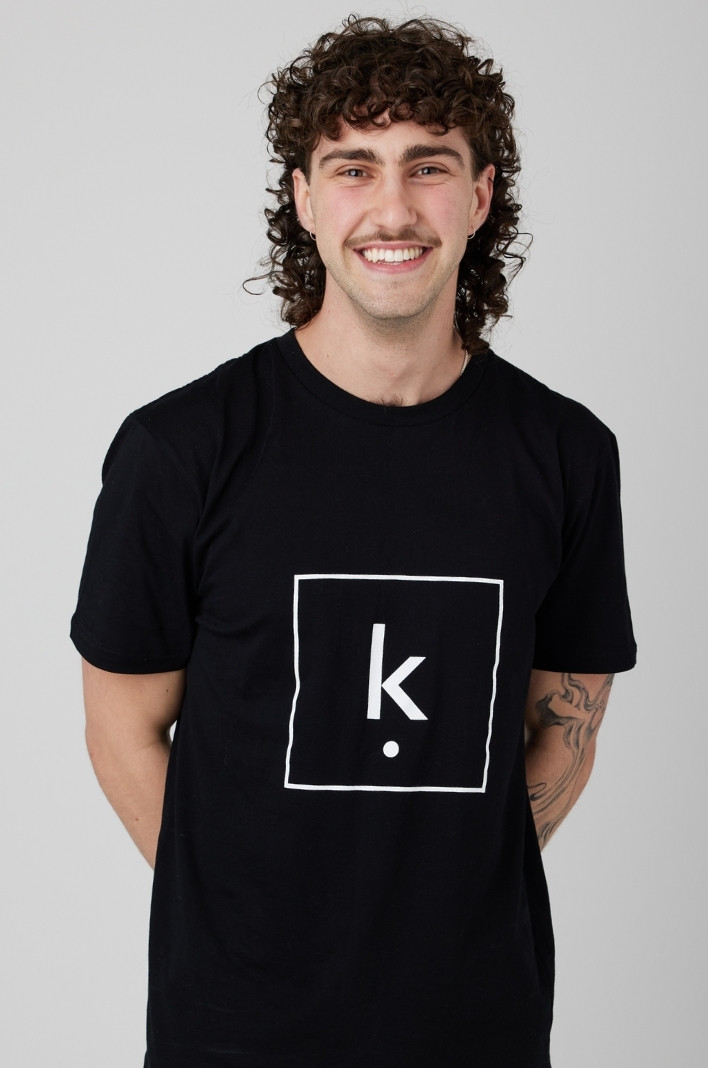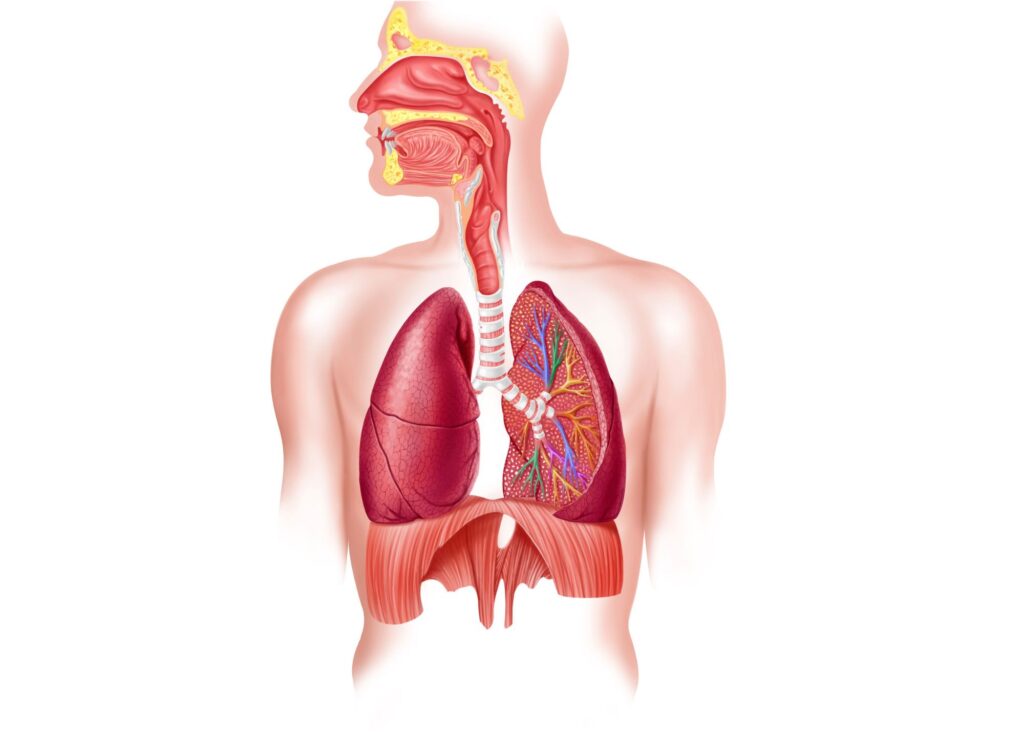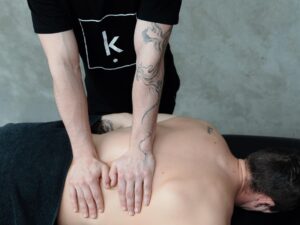An Osteopath’s Guide to Optimal Breathing
May 21stBreath is the sustenance of life, a reflex we perform about 20,000 times daily, often without a second thought. Without it, our entire body shuts down. Well, what if I told you that 95% of the population suffers from differing levels of breathing dysfunction! For something that we do without even trying, that number seems ridiculous, doesn’t it? You would think we would’ve mastered it by now. Some of the brightest minds in human history have walked so we could run, yet our breathing health appears to be on the decline. So, let’s dive into how this came to be and why.
Modern Living Effects on Breathing
When we think of evolution, we only consider the idea of moving forward, but never backwards. Our consciousness may be expanding, but our physical development and physiology is not. So, how did we get here?
Modern living has caused a multitude of issues for humanity, and poor breathing patterns are just a component of this. Did you know your facial bone development has more to do with your diet, than it does your genetics? In ancient times, as hunter-gatherers, our diets consisted of tougher, chewier foods. As we bite and chew through resistance, our facial muscles develop, just like our biceps do with a dumbbell bicep curl. This resistance not only strengthens our muscles and bones but also enhances our airway size, leading to better facial aesthetics and improved breathing capacity.
Contrastingly, our modern diet, filled with ultra-processed and soft foods, deprives our jaws of the exercise they desperately need. So why did the Neanderthals have bigger jaws and airways, along with lower rates of asthma and sleep apnea?? Their diet created better health.
From Ancient Wisdom to Modern Science
Throughout history, medicine has been dedicated to understanding the root causes of various health issues, and breathing dysfunction is no exception. Hippocrates, often regarded as the “Father of Medicine,” recognised the importance of mental health and recommended living at moderate altitudes for patients suffering from mental illness as early as 400 BC. Similarly, Marco Polo noted in the 13th century that people in Asia would retreat to the mountains to recover from sickness.
In modern times, professional athletes worldwide undergo high altitude training, such as AFL players in Phoenix, to enhance their breathing efficiency and recovery capabilities. This form of training, known as “Hypoxic training,” aims to improve breathing by enhancing the body’s ability to utilise limited oxygen in the blood and increasing carbon dioxide tolerance. Contrary to what we were taught in biology class, carbon dioxide is not merely a waste product but plays a crucial role in oxygen extraction from red blood cells, thereby improving oxygenation throughout the body.
So, when we think of training breathing, what we are doing is either improving lung capacity, improving oxygen exchange, or improving tolerance to rising CO2 levels in the bloodstream. When we can’t tolerate high levels of CO2, it can lead to feelings of breathlessness and contribute to anxiety disorders and panic attacks. From ancient civilizations to modern medicine, the consensus remains the same: efficient breathing is efficient living, and therefore the pursuit of optimal breathing is worthwhile.
How can I measure my breathing?
When assessing our breathing capacity, what we are predominantly assessing is either our tolerance to higher levels of carbon dioxide in the blood, or our lung capacity.
To measure our CO2 tolerance, we utilise the Buteyko breathing method’s easy breath hold. After four natural breaths, we exhale to a neutral lung position and hold our breath until we sense a slight stirring in our abdomen. The goal isn’t to push ourselves; rather, it’s to accurately assess the first mild stirring. Dysfunction is indicated by breath holds under 20 seconds, with significant dysfunction below 10 seconds.
To measure lung capacity, we again take four natural breaths before forcefully exhaling all air from our lungs and holding our breath for as long as possible. Dysfunction is identified by breath holds under 90 seconds, with significant dysfunction below 60 seconds.
Tool for improving your breathing:
A well-known and straightforward method to improve your breathing functioning and activate your parasympathetic nervous system, also known as the rest and digest system, is the box breathing technique.
It involves inhaling for four counts, holding for four counts, exhaling for four counts, and then holding again for four counts (4:4:4:4). Repeat this pattern for 3-5 minutes. If you experience a sense of calm afterward, know that this technique only scratches the surface of the power of your breath. Seeking professional guidance on other breathing tools can significantly enhance your quality of life.
What can an osteopath do for your breathing?
If you are sitting here realising you likely have some work to do, just know you are not alone. Osteopaths have been dealing with these issues for decades. In addition to assessing your current breathing capacity accurately, an osteopath can identify biomechanical patterns contributing to your dysfunction. From there, we can devise a personalised management plan tailored to your needs. Through osteopathic manual therapy, we aim to enhance diaphragm and rib function, release tension in your neck and head muscles, and alleviate fascial restrictions that hinder full breaths. By doing so, we can unlock your body’s potential for improved breathing and overall vitality.
Ready to breathe easier? Come see one of our osteos at Kinematics and let’s unlock your full health potential! Book online here or call 9421 3661.
By Nick Gubbels
Osteopath


